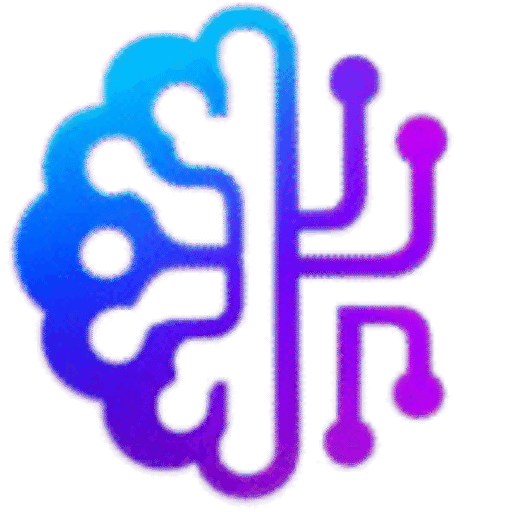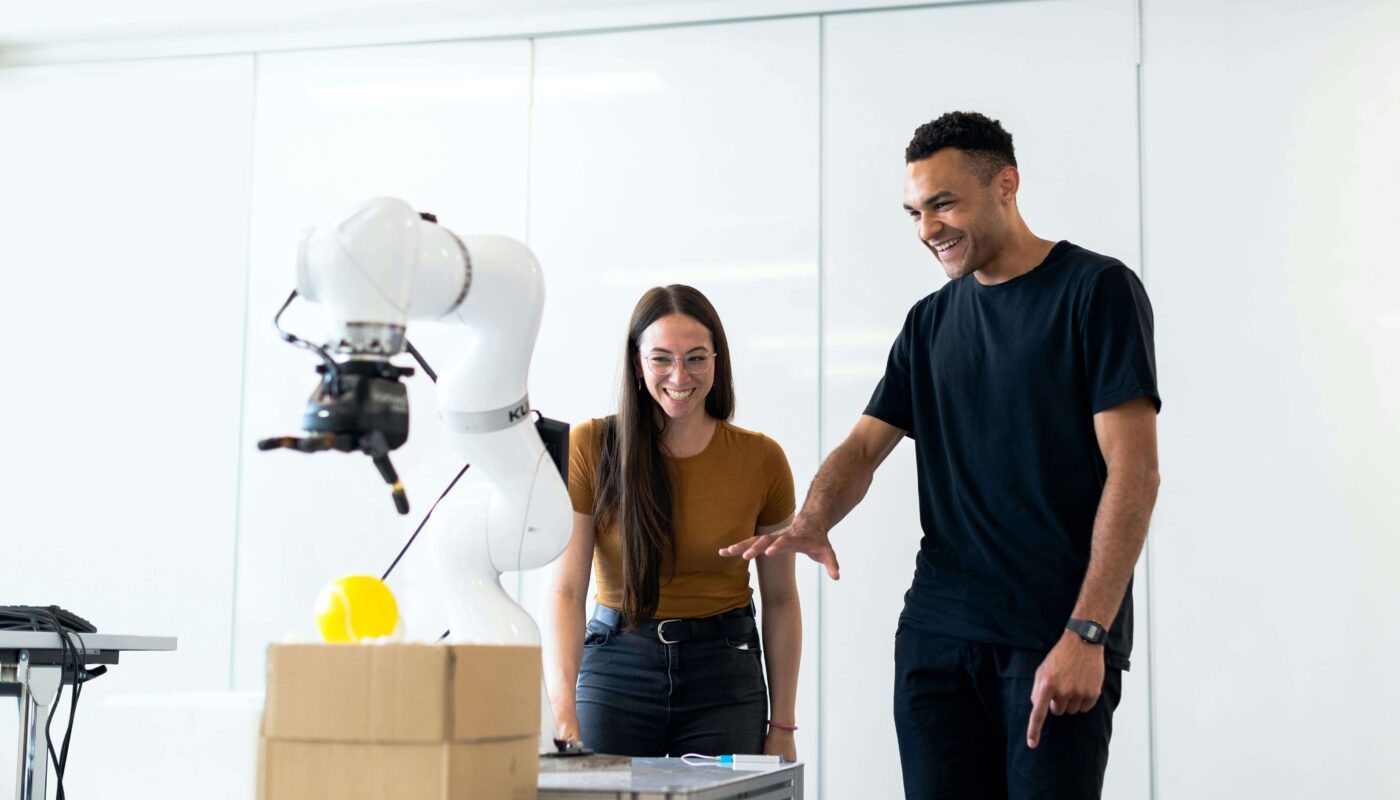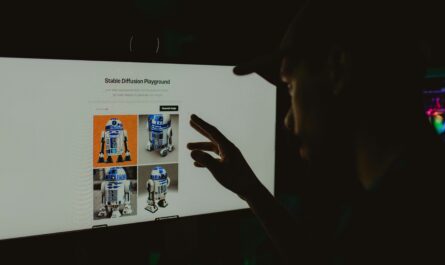How to Use AI for A/B Testing Design Variations
Introduction
A/B testing has been one of the most powerful methods in digital marketing and product design for decades. It allows businesses to test two or more versions of a design, webpage, or ad to see which one performs better. However, traditional A/B testing often takes time, requires large sample sizes, and can be resource-intensive.
This feature is where AI (Artificial Intelligence) comes into play. By leveraging machine learning and AI tools, designers and marketers can accelerate the process, improve accuracy, and even predict which design variation will work best before running live tests.
In this blog, we’ll explore:
- What A/B testing is in design.
- Why AI is changing A/B testing.
- How to use the best AI tools for product designers to optimize design variations.
- Real-world applications and benefits.
- A step-by-step guide to implementing AI-powered A/B testing.
- FAQs and practical tips.
Whether you’re a UX designer, marketer, or product manager, this guide will help you understand how to combine A/B testing and AI for conversion-focused, user-friendly designs.
What is A/B testing in design?
A/B testing (also called split testing) compares two or more design versions to identify which one performs better based on metrics like:
- Click-through rate (CTR)
- Conversion rate
- Bounce rate
- Engagement time
- Sales or sign-ups
For example:
- Version A: A red call-to-action button.
- Version B: A green call-to-action button.
By testing both versions with real users, you find which one drives more conversions.
The Challenges of Traditional A/B Testing
While effective, traditional A/B testing has limitations:
- Time-consuming—It can take weeks to gather enough data.
- A large sample size is required—small businesses may struggle.
- Bias—Human assumptions often influence design choices.
- Static process—Testing one variation at a time slows iteration.
This is why AI is becoming a game-changer.
How AI is Transforming A/B Testing
AI doesn’t just automate; it augments decision-making. Here’s how AI revolutionizes A/B testing:
- Predictive Analytics
AI predicts which design version will perform better by analyzing user behavior, demographics, and historical data. - Automated Testing
AI-powered tools can test hundreds of variations simultaneously instead of just A vs. B. - Personalization
Instead of a “one-size-fits-all” approach, AI customizes design experiences for different user groups. - Real-Time Adjustments
AI continuously learns from user interactions and adapts the test in real-time. - Smarter Insights
AI tools provide deep insights, such as why users prefer one design over another.
Benefits of Using AI in A/B Testing
- Saves time and resources.
- Requires smaller data sets.
- Reduces human bias.
- Improves personalization.
- Increases ROI through better design decisions.
Best AI Tools for Product Designers in A/B Testing
Here are some AI tools that help designers optimize variations:
- Optimizely AI—Runs automated multivariate testing.
- Adobe Target—AI-driven personalization and testing.
- Google Optimize (AI-assisted) – Free tool with AI insights.
- VWO (Visual Website Optimizer)—an AI-driven A/B testing platform.
- Sentient Ascend – Uses evolutionary algorithms for design variations.
👉 These tools fall under the category of the best AI tools for product designers because they streamline workflow, reduce guesswork, and increase accuracy.
Step-by-Step: How to Use AI for A/B Testing Design Variations
Step 1: Define Your Goal
- Do you want to increase clicks, sign-ups, or purchases?
- Example: “Increase newsletter sign-ups by 20%.”
Step 2: Identify Variations
- Example: CTA button colors, landing page headlines, or product page layouts.
Step 3: Use AI Tools to Generate Variations
- Tools like Copy.ai or Canva AI can suggest headlines, banners, or layouts.
Step 4: Deploy AI-Driven A/B Testing
- Launch variations via platforms like Optimizely AI.
- AI will automatically direct traffic, balance samples, and adjust in real time.
Step 5: Analyze Results with AI Insights
- Instead of just picking a winner, AI explains why one version worked.
Step 6: Continuous Improvement
- Use AI predictions to design future variations without starting from scratch.
Real-World Examples
- E-commerce Website CTA Testing
AI found that personalized CTAs like “Shop for You” worked 35% better than generic “Buy Now.” - SaaS Landing Page Design
AI testing revealed that minimalist layouts outperformed text-heavy ones for conversions. - Social Media Ads
AI-generated ad variations increased click-through rates by 42%.
Best Practices for AI-Powered A/B Testing
- Start Simple—Test small elements first (CTA buttons, colors, headings).
- Use Reliable AI Tools—Stick with platforms like Optimizely, VWO, or Adobe Target.
- Avoid Over-Testing—Too many variations may confuse users.
- Balance Human + AI—Use AI insights but apply human creativity.
- Ensure Ethical Design – Don’t manipulate users unfairly.
FAQs
Q1: Can AI completely replace traditional A/B testing?
Not yet. AI enhances the process, but human input is still valuable.
Q2: Is AI A/B testing expensive?
Some tools are free (like Google Optimize), while advanced ones require subscriptions.
Q3: Can AI test multiple versions at once?
Yes, AI supports multivariate testing, unlike traditional A/B tests.
Q4: How accurate are AI predictions?
AI accuracy improves with more data, but results may vary.
Q5: What’s the best AI tool for product designers for A/B testing?
Optimizely AI and VWO are considered the best AI tools for product designers for testing.
Conclusion
AI is reshaping how we conduct A/B testing. Instead of waiting weeks for results, AI allows designers to test multiple variations in real time, personalize experiences, and gain deeper insights into user behavior.
By using the best AI tools for product designers, you can build conversion-focused, user-friendly designs that continuously improve with data-driven intelligence.
In today’s competitive digital world, AI-powered A/B testing is no longer optional—it’s essential.
Interlinking Section
Looking for more resources? Check out our related blogs:





